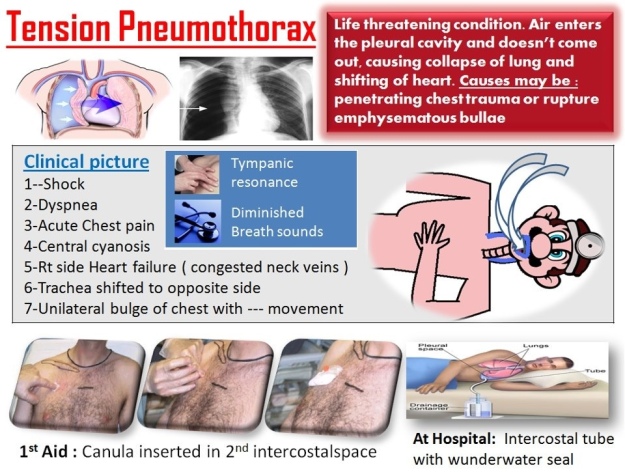Cancer is a term used to refer malignant tumors. In this condition, Cells in a tissue proliferate without the normal controls on growth and spread to the adjacent issues,interfering with the function and often have undesirable systemic effects.
.Diet is an important part of cancer treatment. Cancer patients have special nutrition needs and issues related to eating. Eating the right kinds of foods before, during and after treatment can help the patient feel better and stay stronger.
Cancer and its impact on nutrition
Cancerous tumors may produce chemicals that can affect the absorption of certain nutrients in the body. The body’s use of protein, carbohydrates and fat may be affected,especially by tumors of the stomach or intestines.
A patient may appear to be eating enough, but the body may not be able to absorb all the nutrients from the food.
Goals of nutrition therapy in cancer
The goals of nutrition therapy for patients with cancer who are in active treatment and recovery are designed to restore nutrient shortages, maintain nutritional health and prevent complications
The goals of nutrition therapy are:
.Prevent or correct malnutrition.
.Prevent wasting of muscle, bone, blood, organs and other lean body mass.
.Help the patient tolerate treatment.
.Reduce nutrition-related side-effects and complications.
.Maintain strength and energy.
.Protect ability to fight infection.
.Help recovery and healing.
.Maintain or improve quality of life.
.To ensure optimal nutrition, a person has to eat and drink enough of the foods that contain key nutrients, which include plenty of vitamins, minerals, protein and water,and adequate amounts of carbohydrates and fats.
However, for many patients suffering from cancer, factors like side-effects of the disease and its treatment make it difficult for them to eat well. Other factors that interfere with eating include nausea, anorexia, vomiting, diarrhea, constipation,mouth ulcers, swallowing problems and pain. This leads to under-nutrition causing the patient to be weak, tired and makes him vulnerable to infections.
Eating too little protein and calories is the common nutrition problem facing many cancer patients.Protein and calories are important for healing, fighting infection and providing energy.
The goals of nutrition therapy for patients who have advanced cancer are designed to improve the quality of life and are:
Reduce side effects.
Reduce risk of infection.
Maintain strength and energy.
mprove quality of life.
Malnutrition in cancer patients
Anorexia is the condition where the patient loses his appetite or the desire to eat. It is a common symptom in people with cancer. Anorexia may occur early in the disease or later, when the tumor grows and spreads. Anorexia is the most common cause of malnutrition in cancer patients.
Cachexia is a wasting syndrome that causes weakness and a loss of weight, fat, and muscle. It commonly occurs in patients with tumors of the lung, pancreas, and upper gastrointestinal tract and less often inpatients with breast cancer or lower gastrointestinal cancer.
Anorexia and cachexia often occur together. Cachexia can occur in people who are eating enough, but who cannot absorb the nutrients. Cancer cachexia is not the same as starvation. Good eating habits during cancer care help the patient cope with the effects of the cancer and its treatment.
Nutrition therapy can help cancer patients get the nutrients needed to maintain body weight and strength, prevent body tissue from breaking down, rebuild tissue and fight infection.
Eating guidelines for cancer patients can be very different from the usual suggestions for healthful eating.
Nutrition recommendations for cancer patients are designed to help the patient cope with the effects of the cancer and its treatment. Some cancer treatments are more effective if the patient is well nourished and getting enough calories and protein in the diet. People who eat well during cancer treatment may even be able to handle higher doses of certain treatments. Being well-nourished has been linked to a better chance of recovery.
Nutritional requirements
Adequate nutrition is essential to meet the increased metabolic demands of the disease and prevent catabolism as much as possible and to alleviate the symptoms resulting from the disease and its treatment.
Energy: To prevent excessive weight loss and to meet the metabolic requirements, energy giving foods should be included in the diet.
Protein: Additional protein is required to provide Essential amino acids that are necessary for tissue regeneration, healing and rehabilitation.
Vitamins and minerals: Optimal intake of foods rich in vitamins, antioxidants, phytochemicals, phytoestrogens, immunomodulators and minerals is necessary as these nutrients help in fighting cancer and contain many phytonutrients that helps in cancer treatment.
Good nutrition continues to be important for patients who are in remission or whose cancer has been cured.




